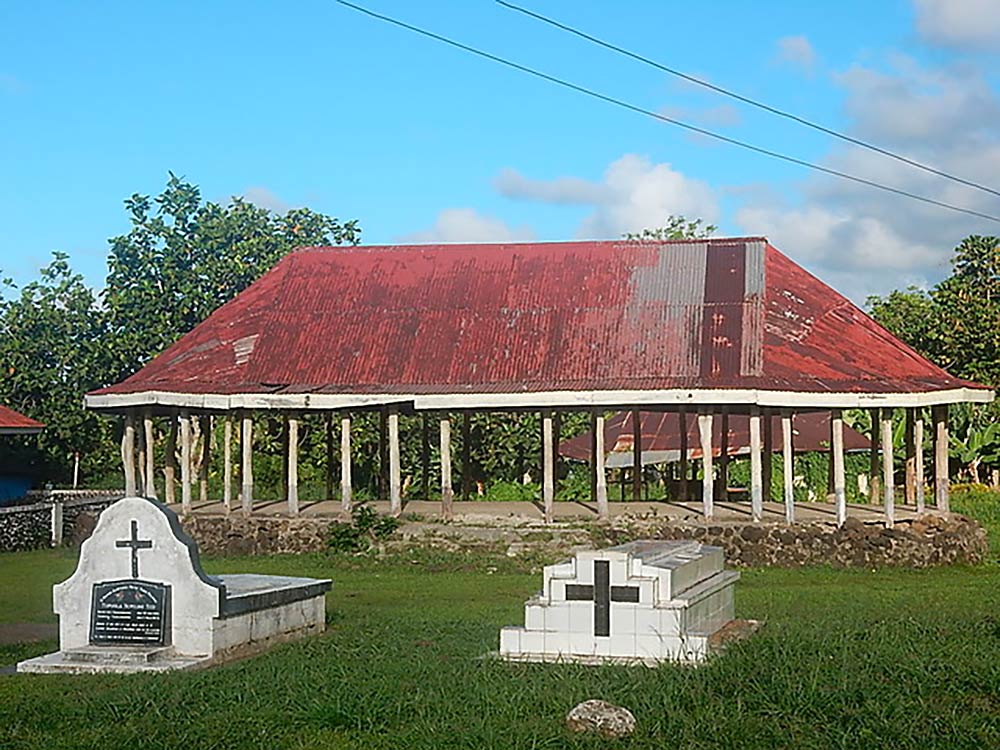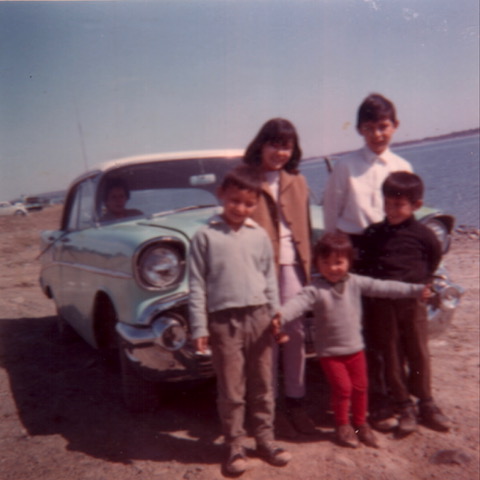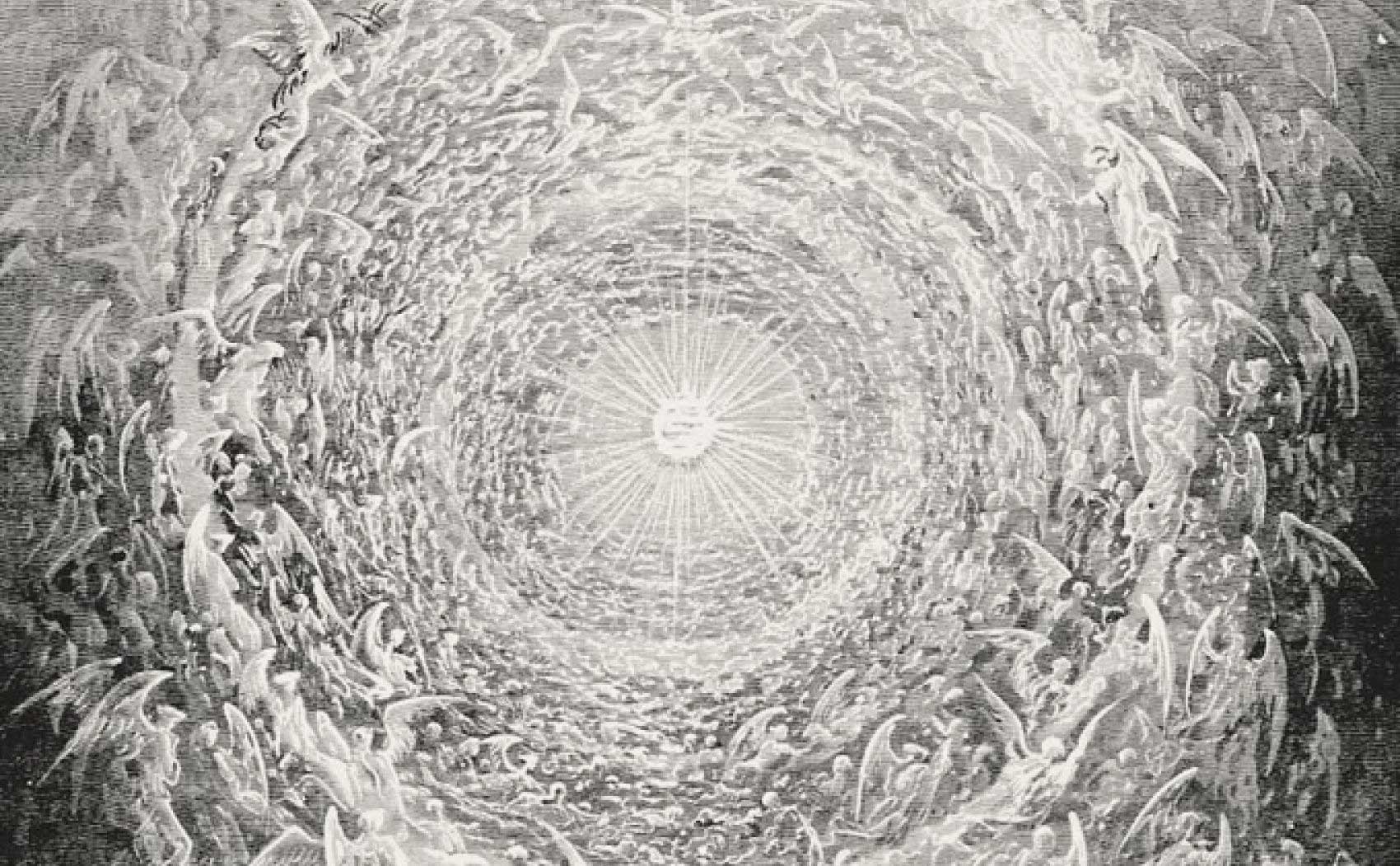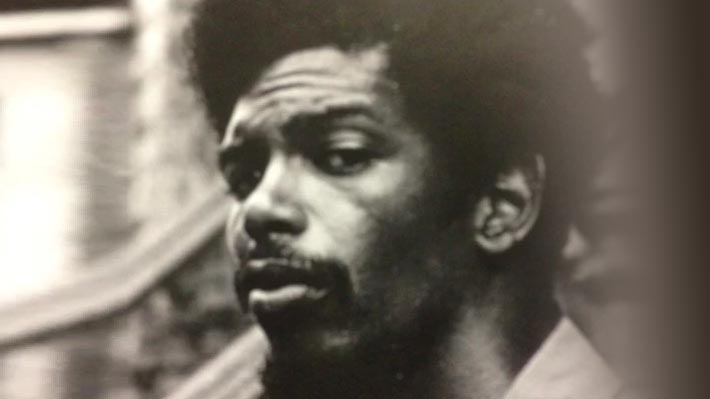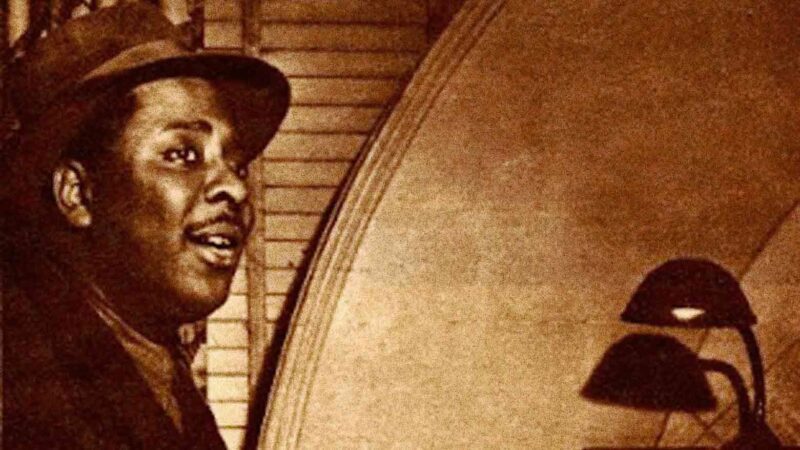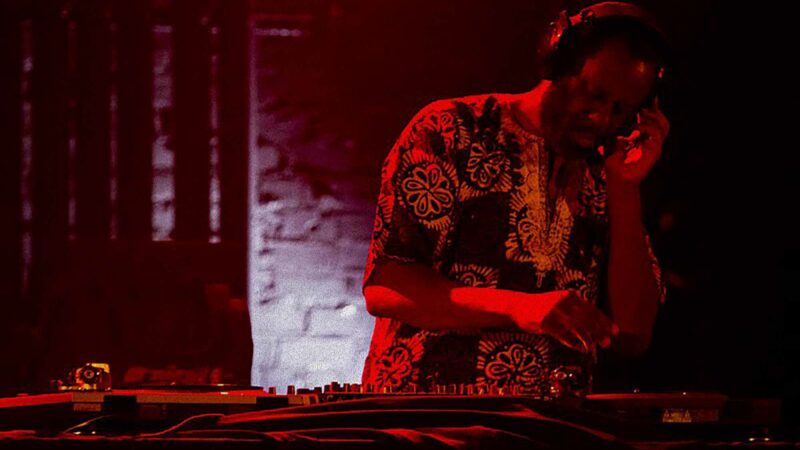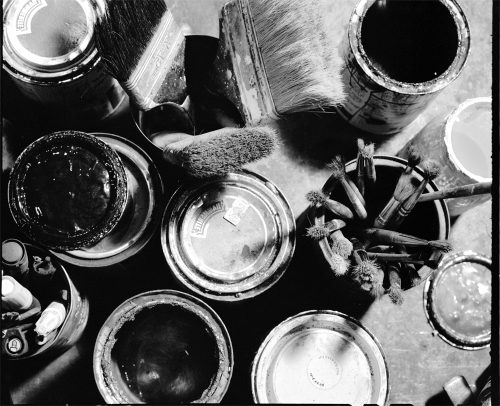
Title: workshop 1 Credit: yoni sheffer Uploaded from Flickr and used under Creative Commons – Attribution, NonCommercial, NoDerivatives
“It was on a Sunday afternoon that the portraitist came to me, not in search of any ransom, but out of pure admiration. I peered through the parlour window and squinted my eyes to clear my vision of the young lad. His face held no sign of peculiarity and for no other reason but that absence of oddity, I sauntered off to the main entrance and flung the doors open, a beaming smile etched across my face.
“The young portraitist stated with a rather skittish stutter that he had admired my work for quite some time and that, like many before him, he would be ever so indebted if he had the pleasure of applying his skills using a subject such as myself. Without delay, I agreed. It was not the fact that he required no payment for the task, for I had not expected to pay, but that his enthusiasm surpassed any that I have voluntarily experienced, several times over.
“He went to work right away, as I sat upon the green velvet armchair of my bureau, stiff as a ramrod. One arm rested upon the recliner, the other extended upwards, a sharpened boning knife in that hand to ‘throw in a bit of edge’, insisted the portraitist. He dabbed the canvas with a neutral oil medium and set it up at an angle that brought the left side closer to him, which I assumed was due to his right-handedness. I watched as he applied short successive strokes of paint, making sure to test each new colour on strips of vellum beforehand.
“The portrait took the better part of seven hours to complete, seven lengthy, back-aching hours. Nonetheless, it was one of the most sublime portraits I had ever seen, and not only because the face being represented was my own; its glorious attention to detail made the painting seem life-like. The artist swiftly arranged his painting paraphernalia and headed for the door, without a single glance at the marvellous being he had depicted. I did not pay much attention to his departure, however, for I was enthralled in the beauty of my own portrait.
“The sun began to fall below the horizon. I cleared the main entrance wall of the grand mirror and hung the tableau in its place. In order to absorb its full charm, I stepped back and glanced up into my own eyes. One did not even need a mirror when one was in the presence of such an accurate representation of oneself. The eyes – my eyes – seemed to speak to me, whispering inaudible phrases that became increasingly clearer. Unsure of the time slipping by, I gazed at the eyes in an attempt to decode the messages they were attempting to convey, staring, staring until suddenly the doorbell rang. Oh, how that irritated every last inch of my soul! Who could possibly be ringing at this hour? I addressed the door in a harangue, but once I finally opened it, still muttering to myself, there was no identifiable source for the chiming of the bell. I shut the door and turned back to my beloved portrait. The grandfather clock alongside the staircase, illuminated by the candlestick on the hallway table, read ten past midnight, suggesting that I had been communicating with the eyes for hours… but how? The exchange did not even seem to exceed the time occupied by a brief conversation.
“A sudden weariness drew over me, forcing me to turn to the staircase that led to my bedchamber, and with every step I took, I felt the painting’s eyes inching to the left, watching me as I retreated to my room for the night.
“On the morrow, I typed away in my office. I was working on a new publication about a magnificently ravishing fellow – much like myself – who is deeply vain but completely unaware of his arrogance until one day it bites him right in the arse. The loud clicking of the typewriter echoed through the house in an endless stream of clatter, but it was not only the tapping of the machine that filled my ears. There was something else that played the melody that swam through the house: a whisper of sorts. I ceased typing and, just as I did, the whispers discontinued as well. I started anew, but so did the murmurs. Was I going mad?
“I descended the staircase and entered the main hallway where my portrait dwelled. At that moment, the source of the low, continuous sounds was clear – it was coming from the painting. The closer I got to the painting, the more coherent the rumbling phrases became until they pierced my ears with shrill screeches. The eyes were directly communicating the following: ‘Kill me!’
“My portrait is alive, you see! I have been up for days, unable to cleanse my mind of the words it uttered!”
Dr. Joyce’s hand halted, she looked up from her notepad and peered at the man through her bifocals. “If the portrait you talk about is filling you with such tumult, why don’t you rid yourself of it?”
“Why, because it is the most brilliant portrait one has ever produced of me,” proclaimed the writer.
At dusk, the man entered the kitchen to prepare his dinner and peered up at the mirror in front of him to appreciate his own elegance, as was his custom. He sliced and he chopped until he had the necessary requirements for a fanesca, and then he poured himself a glass of chardonnay. As he went to sip the straw-yellow beverage, the whispers began once more. In an abrupt state of horror, the man lost his grip on the cold glass, and it slipped from his hand and shattered into a thousand thin shards. He gazed into the hallway, which seemed to elongate right in front him, and noticed that a light source had lit up before his eyes. He seized a boning knife with a shaky hand and departed from the kitchen. The sounds grew in frequency as he approached the portrait in the hallway and were now an assortment of murmurs that seemed to come from various voices. “Kill me!” they exclaimed.
The man’s eyes were now locked with those of the portrait and he could hear their directives more clearly – they were crystal clear. They insisted, they begged, they implored that he kill them. He felt as if – no, he was sure that he was going mad, and then the most bizarre thing happened: all voices came to a halt and only one persisted. Within the confinements of the house’s walls, one distinct voice came from the painting’s eyes and it was that of the man. “KILL ME!” it pleaded. The man raised his boning knife and pierced the canvas again and again with quick, violent jabs. The voice ceased and the man’s legs grew weak, causing him to slump onto the cold, wooden floor. His head remained tilted as he let out great gasps of breath, relieved to have conquered the voice, but simultaneously mournful to have destroyed what he thought was the most remarkable portrait of his time. He glanced at the painting and noticed that there were strangely no holes produced by the puncturing of his knife. Eyes widening, he rose from his sluggish position and felt a sudden ache in his gut. He peered down, only to discover a pool of blood that stemmed from the boning knife anchored into his kidney. His legs buckled and he fell to the floor. The knife had pierced his renal artery. As his vision rapidly blurred, the man could have sworn that he saw his portrait’s arm hanging out of the painting, bloodstained boning knife in hand.
The candlestick in the hallway was still lit and illuminated the grandfather clock, which read ten past midnight, ten minutes after the hourly ding-ing of the mechanism. The man lay sprawled on the basswood floor, the portrait overlooking his cadaver with a devious grin that had not been present when the painting was completed seven days prior.
